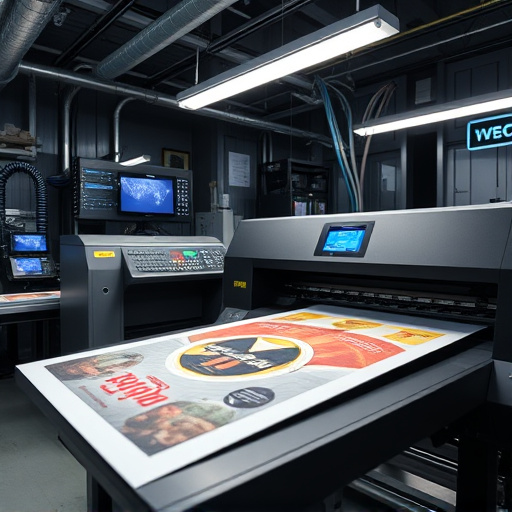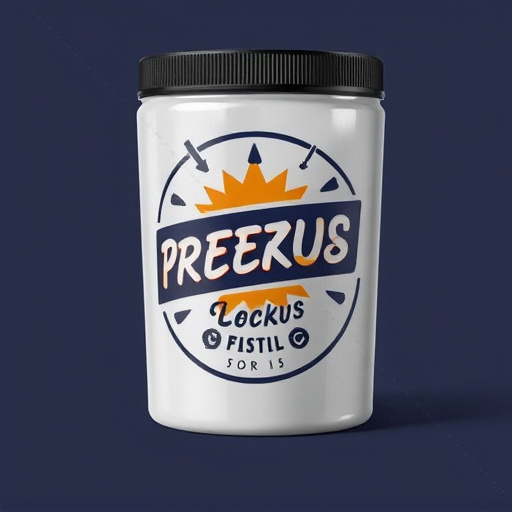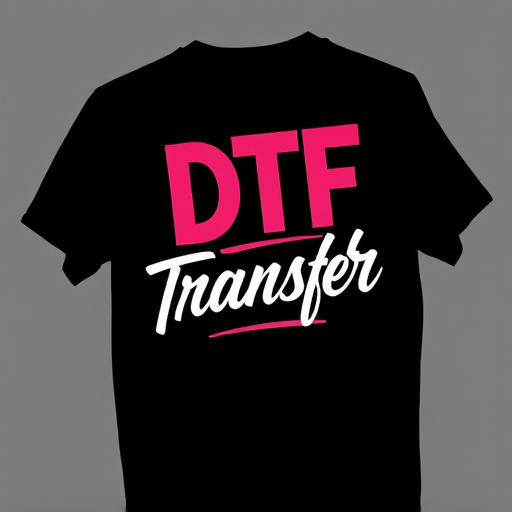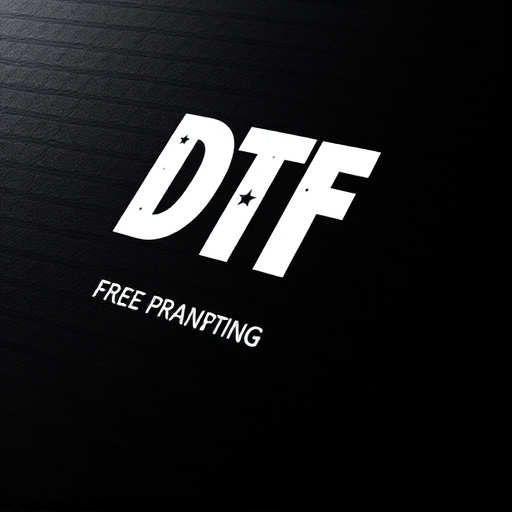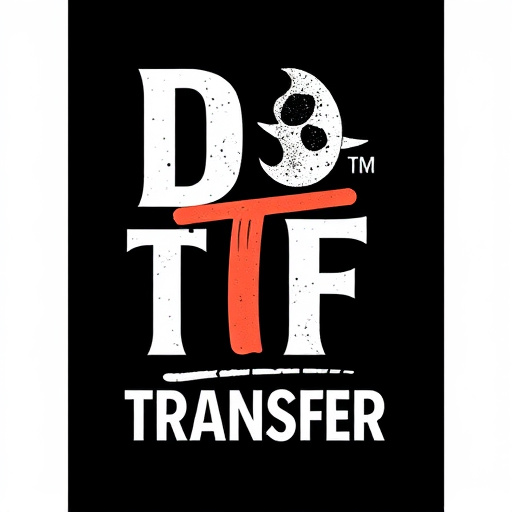Direct-to-Film (DTF) Transfer is a cutting-edge process that converts digital images into superior physical prints. Skipping traditional steps like negative creation, DTF allows for direct exposure of the final image onto film stock, resulting in exceptional quality and detail. This method uses specialized equipment and chemicals to offer rich tonal ranges, vibrant colors, remarkable detail, and longevity against fading. Popular among professionals for its unique analog aesthetic, DTF is used in exhibitions and limited-edition prints. Key requirements include high-resolution scanners, top-tier printing hardware, and precise preparation of digital images and film stock. Case studies highlight its capabilities in creating stunning urban landscapes and abstract art prints.
In an era dominated by digital photography, the art of direct-to-film transfer (DTF) offers a unique and captivating path for photographers to preserve their digital images. This article explores the captivating world of DTF, delving into its process, benefits, and practical considerations. From understanding the fundamentals of DTF to choosing the right equipment and best practices, we guide you through transforming digital photos into exquisite film prints. Discover how DTF printing is revolutionizing the way photographers create tangible art, with real-world case studies showcasing stunning results.
- Understanding Direct-to-Film Transfer (DTF): An Overview
- The Process of Converting Digital Photos to DTF Format
- Benefits and Applications of DTF Printing for Photographers
- Choosing the Right Equipment for DTF Transfers
- Best Practices for Achieving High-Quality DTF Prints
- Case Studies: Success Stories in DTF Transfer Printing
Understanding Direct-to-Film Transfer (DTF): An Overview

Direct-to-Film Transfer (DTF) is a cutting-edge process that revolutionizes the way we convert digital images into physical prints, offering an unparalleled level of quality and authenticity. This innovative technique bypasses traditional intermediate steps, such as creating negative films or paper positives, and allows for direct exposure of the final image onto film stock, resulting in exceptional DTF prints. The process involves specialized equipment and chemicals to precisely transfer digital data onto flexible or rigid film substrates, ensuring a wide range of creative possibilities.
DTF offers numerous advantages over conventional printing methods. It enables photographers and artists to achieve rich tonal ranges, vibrant colors, and remarkable detail, making it ideal for both fine art and commercial applications. Furthermore, DTF prints are resistant to fading and discoloration, ensuring their longevity. This technology has gained popularity among professionals who seek a direct, tactile connection to their digital creations, allowing them to produce high-quality, unique films that can be used for various purposes, from exhibitions to limited-edition prints.
The Process of Converting Digital Photos to DTF Format

Converting digital photos to a direct-to-film (DTF) transfer format is a meticulous process that involves several steps. It begins with the selection of high-resolution digital images, ensuring they meet the stringent requirements for DTF printing. These images are then prepared for transfer by adjusting color profiles and settings to achieve optimal contrast and detail. This preparation is crucial as it directly impacts the final print quality.
The actual conversion process involves using specialized software that maps the digital image onto a film emulsion. This software applies precise adjustments to mimic the properties of traditional film, including grain structure and dynamic range. Once the digital photo is successfully transferred to the film, it’s ready for printing. DTF prints are known for their rich, vibrant colors and exceptional detail, making them a favorite among photographers and enthusiasts who value the unique aesthetic of analog photography.
Benefits and Applications of DTF Printing for Photographers

Direct-to-film (DTF) transfer offers photographers a unique and advantageous way to produce prints with exceptional quality and character. This innovative process bypasses traditional digital printing methods, allowing for a more direct translation of the original photographic image onto film. DTF Printing provides several benefits that cater to both amateur and professional photographers alike. One significant advantage is its ability to preserve the tonal range and color accuracy found in the original negative or positive, resulting in prints with rich, vibrant hues and fine detail.
Additionally, DTF Transfer creates a distinct aesthetic appeal with its subtle grain structure and natural film texture, which many photographers find appealing for their artistic vision. This method is particularly useful for creating limited-edition prints, as it ensures each copy is unique, enhancing the value and collectability of the artwork. Whether for personal projects, fine art exhibitions, or commercial photography needs, DTF Printing offers a versatile and captivating solution that continues to gain popularity among those seeking an alternative to conventional printing techniques.
Choosing the Right Equipment for DTF Transfers

When it comes to converting photographic images to a direct-to-film (DTF) transfer format, selecting the appropriate equipment is paramount. The right tools ensure a seamless process and high-quality DTF prints. A key component is an advanced scanner capable of capturing intricate details at high resolution; this enables the precise reproduction of original images. Opt for scanners with excellent optical quality and precision to avoid pixelation or distortion.
Additionally, investing in top-tier printing hardware is essential. High-end printers designed specifically for DTF transfers offer superior color accuracy and consistency. These machines are built to handle the specialized inks and films used in the process, ensuring vibrant and long-lasting DTF prints. Calibrated and maintained regularly, they play a pivotal role in achieving professional results.
Best Practices for Achieving High-Quality DTF Prints

Achieving high-quality DTF (Direct-to-Film) prints requires a meticulous approach and adherence to best practices. The process begins with selecting the right film stock, which should be chosen based on its grain structure, color saturation, and dynamic range—all factors that impact print clarity and detail. Using professional-grade materials ensures consistent results and minimizes imperfections.
Before making a transfer, properly preparing your digital image is crucial. This involves resizing and optimizing the photo for DTF printing, ensuring it meets the required resolution and file format specifications. Calibrating your equipment, including lights and screens, is also essential to maintain color accuracy during exposure. Regular cleaning of the film and screen guarantees a pristine transfer, minimizing dust and residue that can degrade print quality.
Case Studies: Success Stories in DTF Transfer Printing

The Direct-to-Film (DTF) transfer process has been a game-changer for many photographers and artists looking to reproduce their digital images with exceptional quality. This technique allows for an almost perfect translation of digital art onto various mediums, such as canvas, metal, or even traditional film. Case studies showcasing successful DTF transfers offer valuable insights into its potential.
For example, consider a photographer who wanted to create limited-edition prints of his iconic urban landscapes. By utilizing DTF Printing, he achieved stunning results, preserving the intricate details and vibrant colors of his digital masterpieces. Similarly, an artist known for her abstract paintings explored DTF and found it to be an ideal medium for showcasing her unique style, resulting in highly sought-after DTF Prints that captivated art enthusiasts worldwide. These success stories highlight the versatility and artistic possibilities offered by DTF Transfer as a modern printing solution.
